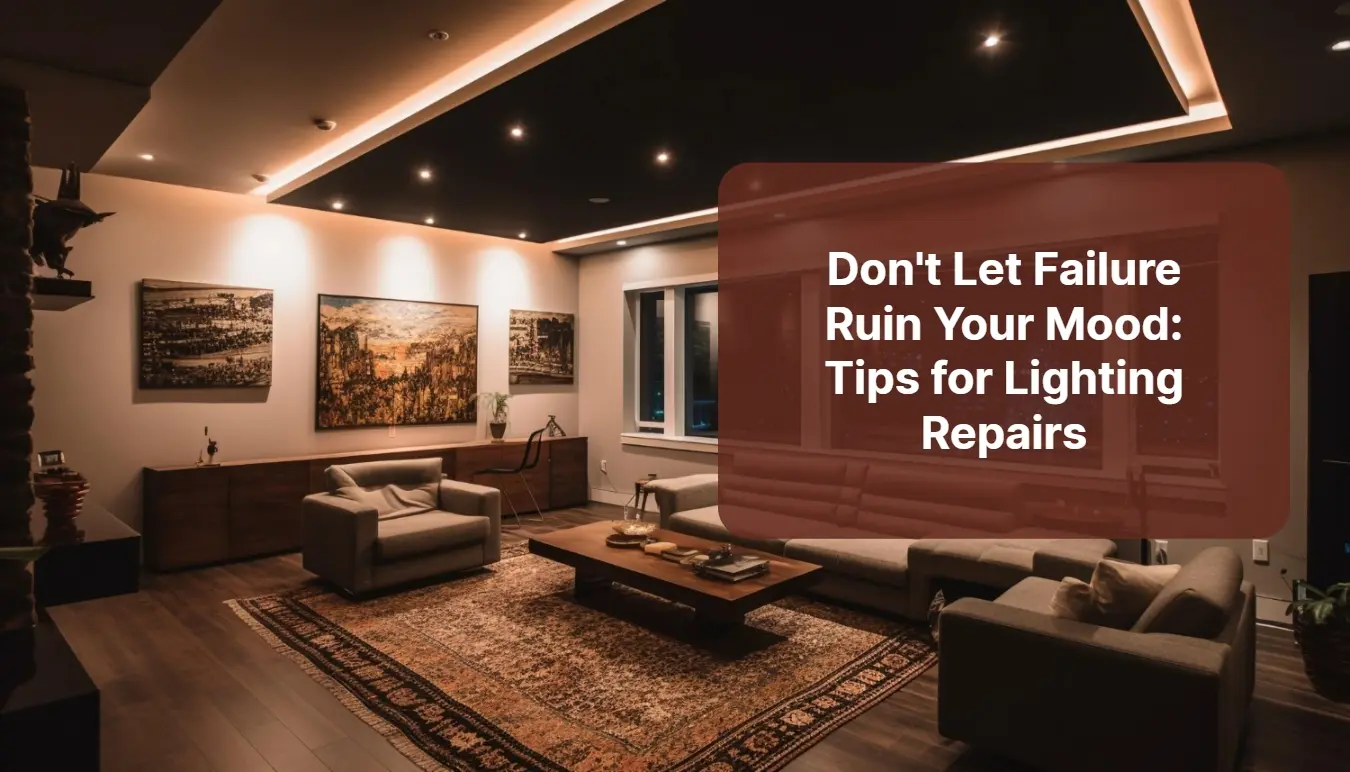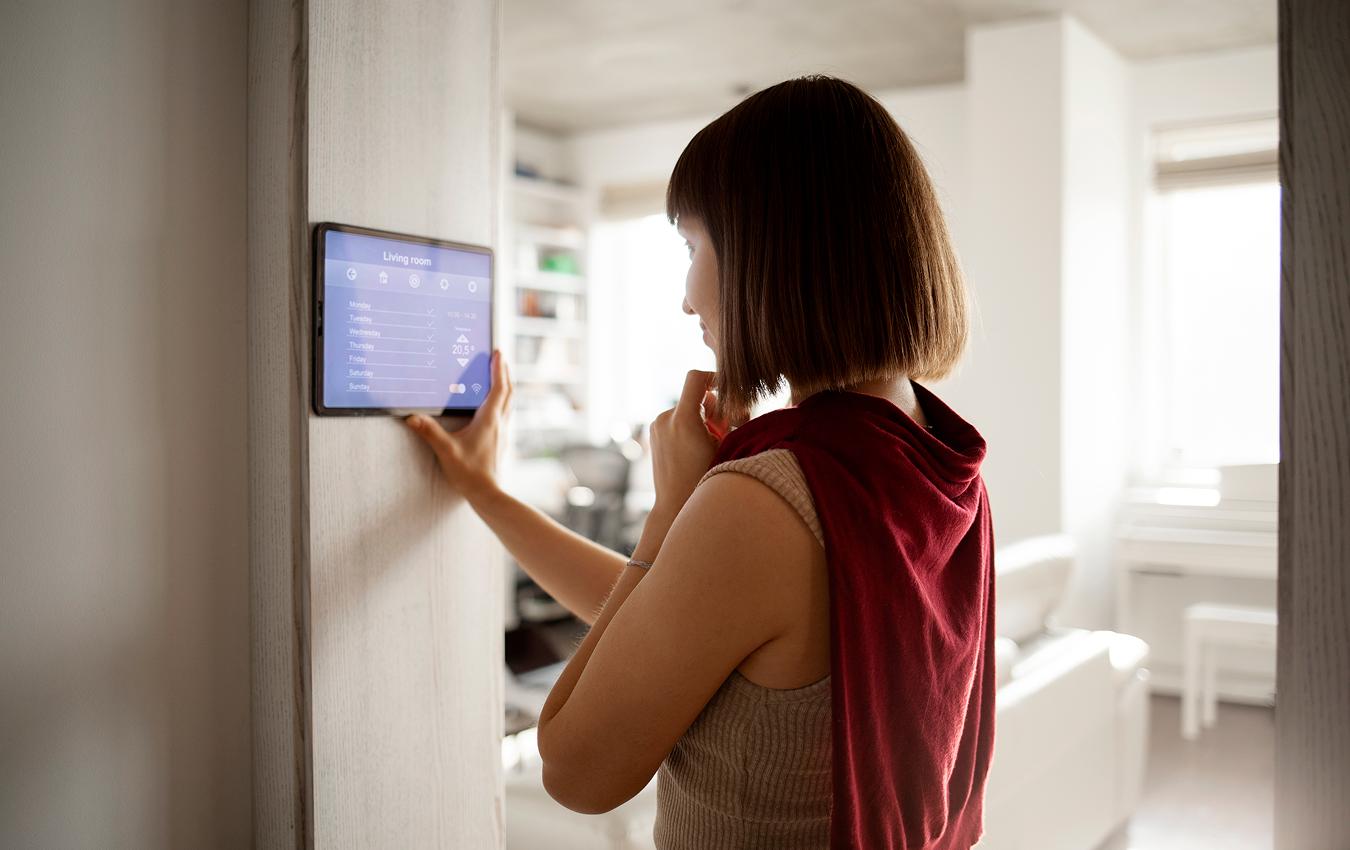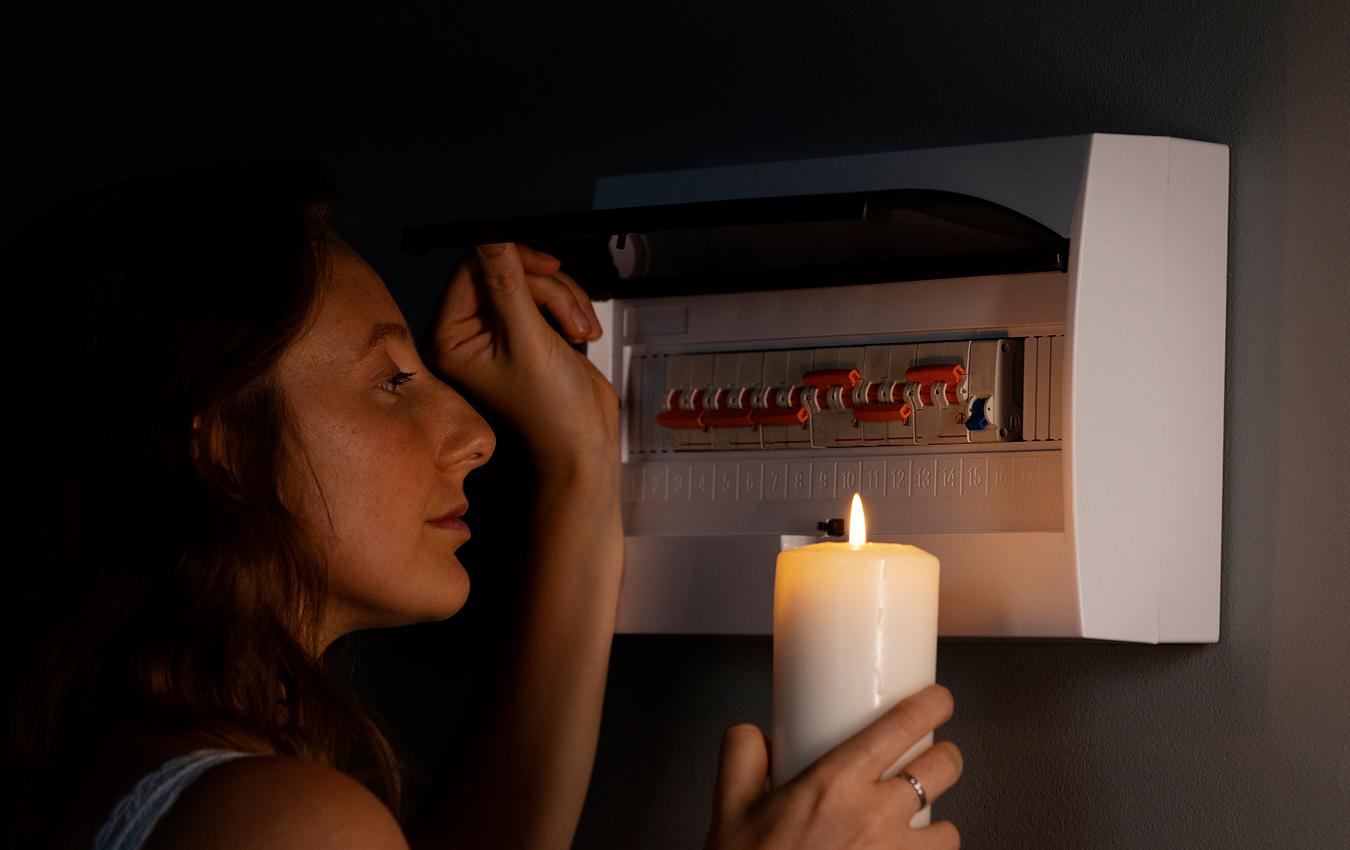Have you ever been in a room with a flickering light and found it impossible to focus or relax? A flickering light can not only ruin your mood, but also cause headaches and eye strain. Whether it’s a faulty bulb or a wiring issue, lighting repairs are an essential part of maintaining a comfortable and functional space. As a highly skilled assistant specializing in digital marketing, copywriting, and content writing, I understand the importance of creating an environment that fosters productivity and relaxation. That’s why I have compiled some tips for fixing your flickering lights and restoring the ambiance of your space. From identifying the source of the problem to choosing the right replacement bulb, these tips will help you tackle any lighting issue with ease. Don’t let a flickering light ruin your mood; follow these tips for lighting repairs and enjoy a well-lit and comfortable space.
Common Causes of Flickering Lights
A flickering light can be caused by a range of issues, including:
1. Faulty or Loose Bulbs
A loose or faulty bulb can cause your light to flicker. The bulb may not be making proper contact with the socket, or the filament may be damaged.
2. Electrical Issues
Flickering lights can also be caused by electrical issues, such as a faulty switch, loose wiring, or a circuit overload.
3. Voltage Fluctuations
Voltage fluctuations can cause your lights to flicker. This can be caused by a faulty power supply, a damaged electrical panel, or an overloaded circuit.
4. Weather Conditions
Extreme weather conditions, such as lightning strikes or power outages, can also cause your lights to flicker.
Identifying the source of the problem is the first step in fixing your flickering lights. In the next section, we’ll explore how to troubleshoot a flickering light.
How to Troubleshoot a Flickering Light
Before calling in a professional electrician, there are a few things you can do to troubleshoot a flickering light. Here are some steps to follow:
1. Check the Bulb
Start by checking the bulb. Make sure it is screwed in tightly and is the correct wattage for the fixture. If the bulb is damaged or burnt out, replace it with a new one.
2. Inspect the Fixture
Check the fixture for any signs of damage, such as loose wires or corrosion. If you notice any damage, it may be time to replace the fixture.
3. Check the Switch
If the light is controlled by a switch, check the switch for any signs of damage or loose connections. If the switch is faulty, it may need to be replaced.
4. Check the Circuit Breaker
If the above steps don’t solve the problem, check the circuit breaker for any tripped switches. If you notice any tripped switches, reset them and see if that resolves the issue. If none of these steps solve the problem, it may be time to call in a professional electrician. In the next section, we’ll explore when to call in a professional and DIY lighting repairs you can do yourself.
For repairs to your indoor or outdoor lighting, choose Premier Electrical Services and discover the difference that knowledgeable service can make. Call us right away at 954-900-1696, or send us a message using the form on this page!
When to Call in a Professional Electrician
While some lighting repairs can be done yourself, there are times when it’s best to call in a professional electrician. Here are some instances when you should seek professional help:
Electrical Wiring Issues
If your flickering light is caused by wiring issues, it’s best to call in a professional electrician. They have the knowledge and expertise to diagnose and repair complex wiring issues safely.
Circuit Overload
If your circuit is overloaded, it can cause your lights to flicker. A professional electrician can help you add additional circuits or upgrade your electrical panel to prevent future issues.
Safety Concerns
If you notice any signs of electrical damage, such as sparks, burning smells, or smoke, it’s essential to call in a professional electrician immediately. These signs indicate a serious electrical problem that requires immediate attention.
While some lighting repairs are best left to professionals, there are some DIY repairs you can do yourself. In the next section, we’ll explore some simple lighting repairs you can do yourself.
DIY Lighting Repairs You Can Do Yourself
If you’re comfortable working with electrical components, there are some simple lighting repairs can do yourself. Here are some DIY repairs you can try:
1. Replace the Bulb
If your light is flickering due to a faulty or loose bulb, replacing it is a simple solution. Make sure to turn off the power before replacing the bulb.
2. Tighten Loose Connections
If the problem is caused by loose connections, tighten them with a screwdriver. Make sure to turn off the power before attempting this.
3. Clean the Fixture
If the fixture is dirty or corroded, cleaning it can solve the problem. Use a soft cloth and a mild cleaning solution to clean the fixture.
4. Replace the Switch
If the switch is faulty, replacing it is a simple solution. Make sure to turn off the power before replacing the switch.
While these DIY repairs are relatively simple, it’s essential to follow proper safety precautions and turn off the power before attempting any repairs. In the next section, we’ll explore some tips for preventing future lighting issues.
Tips for Preventing Future Lighting Issues
Preventing future lighting issues is essential to maintaining a comfortable and functional space. Here are some tips for preventing future lighting issues:
Use High-Quality Bulbs
Using high-quality bulbs can prevent bulb-related issues, such as flickering or burning out.
Avoid Overloading Circuits
Avoid plugging too many devices into a single circuit to prevent circuit overload.
Schedule Regular Maintenance
Regular maintenance, such as cleaning fixtures and inspecting wiring, can prevent future issues.
Upgrade to Energy-Efficient Lighting
Upgrading to energy-efficient lighting can save you money on your energy bills and prevent future lighting issues.
By following these tips, you can prevent future lighting issues and maintain a comfortable and functional space. In the next section, we’ll explore upgrading your lighting for energy efficiency and style.
Upgrading Your Lighting for Energy Efficiency and Style
Upgrading your lighting can not only improve the functionality of your space, but also add style and energy efficiency. Here are some lighting upgrades to consider:
LED Lighting
LED lighting is energy-efficient and can save you money on your energy bills. They also last longer than traditional bulbs and come in a range of styles and colors.
Smart Lighting
Smart lighting allows you to control your lights from your smartphone or voice assistant. They also come with energy-saving features and can add a modern touch to your space.
Pendant Lighting
Pendant lighting is a stylish and functional way to add lighting to your space. They come in a variety of styles and can be used in a range of spaces, from kitchens to bedrooms.
By upgrading your lighting, you can add style and energy efficiency to your space. In the next section, we’ll explore how to choose the right light bulbs for your home.
Choosing the Right Light Bulbs for Your Home
Selecting the right light bulbs is essential to creating the appropriate ambiance in your space. Here are some factors to consider when choosing light bulbs:
Color Temperature
Color temperature refers to the warmth or coolness of the light. Warm light (2700K-3000K) is best for living spaces, while cool light (4000K-5000K) is best for workspaces.
Lumens
Lumens refer to the brightness of the light. The higher the lumens, the brighter the light.
Bulb Type
There are several types of bulbs, including LED, incandescent, and halogen. LED bulbs are the most energy-efficient, while incandescent bulbs are the least energy-efficient.
By considering these factors, you can pick the right light bulbs for your space and create the ambiance you desire. In the next section, we’ll explore a lighting maintenance checklist to keep your lighting in top shape.
Lighting Maintenance Checklist
Regular maintenance is essential to keeping your lighting in top shape. Here’s a lighting maintenance checklist to follow:
1. Clean Fixtures
Regularly clean fixtures with a soft cloth and mild cleaning solution.
2. Replace Bulbs
Replace burnt-out or faulty bulbs promptly.
3. Inspect Wiring
Inspect the wiring for any signs of damage or wear and tear.
4. Check Circuit Breakers
Regularly check circuit breakers for any tripped switches.
By following this lighting maintenance checklist, you can prevent future lighting issues and maintain a comfortable and functional space.
Conclusion
A flickering light can ruin the mood and ambiance of your space. By identifying the source of the problem and following our tips for lighting repairs, you can fix your flickering lights and restore the comfort and functionality of your space. From troubleshooting a flickering light to upgrading your lighting for energy efficiency and style, we’ve covered everything you need to know to keep your lighting in top shape. Remember to follow proper safety precautions when attempting any repairs, and seek professional help for complex electrical issues. With our tips for lighting repairs, you can enjoy a well-lit and comfortable space that suits your lifestyle and needs.
Seek professional help from our electricians if you have any electrical or lighting problems. Premier Electrical Services will quickly and efficiently solve problems with electrical and electrical appliances in your home. Call us at 954-900-1696 now and order your lighting installation online.
Check out the latest news:
- Commercial Energy Audit: Spotting the Sources of Energy Waste
- Protect Your Fort Lauderdale Home with Whole-House Surge Protection
- Power Outages in Fort Lauderdale: How to Protect Your Home
- Preparing for a Home Rewiring Project: A Checklist for Homeowners
- 5 Critical Signs You Need a Whole-House Surge Protector






